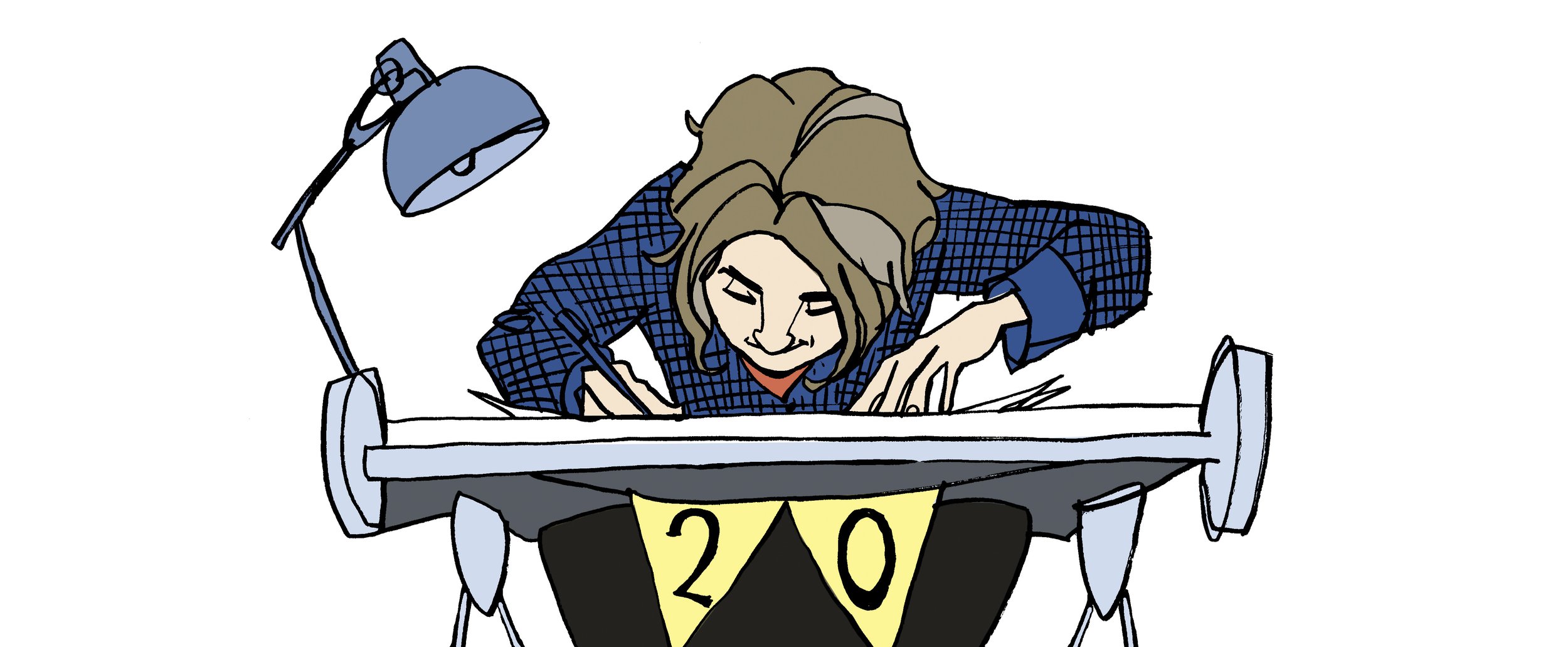When we read our imagination takes us further, it will fill in and create extra depth and meaning to the story we're reading. An illustrators job is to visualise those imagining and deduce what might be going on in a scene or character interaction that isn't described in the authors words.
When creating illustrations for a story, I very much focus on the process of developing what my imagination is telling me to the page. I'm always keen to make suggestions and develop ideas that can help enrich what the author has written.
This scene was created to show how the children in the story bond with the robot, originally it was supposed to be a dinner table scene, though as robots don't eat it highlighted the difference of him as a character and separated him from the kids in the story. Instead I fleshed out this scene with them all watching something scary, so that a bond is created by their share experience.
This artwork was created by hand using pencils, scanned and layered and painted on Photoshop




